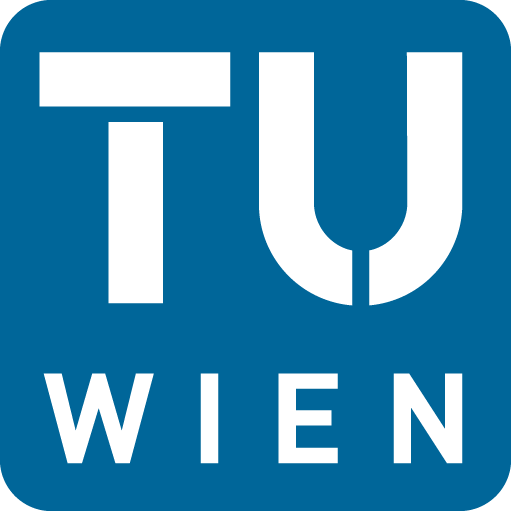Hinweis
Dieser Eintrag wurde automatisch aus einem Altsystem migriert. Die Daten wurden nicht überprüft und entsprechen eventuell nicht den Qualitätskriterien des vorliegenden Systems.
Dieser Eintrag wurde automatisch aus einem Altsystem migriert. Die Daten wurden nicht überprüft und entsprechen eventuell nicht den Qualitätskriterien des vorliegenden Systems.
Seiten Aufrufe
152
aufgerufen am 23.11.2023
Download(s)
2
aufgerufen am 23.11.2023

